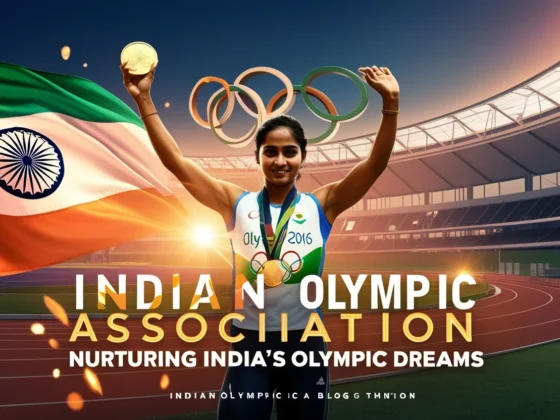In the competitive world of sports, integrity and fair play are paramount. The use of performance-enhancing substances not only undermines the spirit of competition but also endangers the health of athletes. Recognizing the need to combat doping in sports, India established the National Anti-Doping Agency (NADA). This blog delves into the origins, objectives, and operations of NADA, highlighting its crucial role in preserving the purity of Indian sports.
The Global Fight Against Doping
Prior to the establishment of the World Anti-Doping Agency (WADA), the responsibility for promoting anti-doping in sports rested with the International Olympic Committee (IOC). It was at the World Conference on Doping held in Lausanne, Switzerland, that the global consensus on anti-doping led to the creation of WADA in 1999. Since then, WADA has served as the international standard-setter in anti-doping practices.
History of NADA
In 2004, India signed the Copenhagen Declaration on doping and formally accepted the WADA Code. This paved the way for the creation of the National Anti-Doping Agency (NADA) with the mission to ensure a dope-free sports environment in India. NADA operates as an autonomous body under the Ministry of Youth Affairs and Sports and follows the international guidelines laid out by WADA.
Primary Functions and Responsibilities of NADA
The core objective of NADA is to implement anti-doping rules across India in conformity with WADA’s global standards. Its functions include:
- Implementation of Anti-Doping Code: Ensuring all Indian sports organizations comply with the established code.
- Dope Testing Coordination: Conducting and overseeing testing protocols for athletes, especially during national and international events.
- System and Policy Improvement: Establishing best practices and high-quality control systems to continuously improve anti-doping protocols.
- Education and Research: Promoting awareness through education and scientific research on the harmful effects of doping.
NADA holds the authority to plan, implement, coordinate, and monitor anti-doping activities throughout India. It is empowered to conduct investigations into potential doping violations, including instances where athlete support personnel may be complicit. This ensures accountability not just for athletes, but also for those who manage or assist them.
It works collaboratively with other national and international organizations to ensure reciprocal testing and efficient information sharing. By doing so, NADA plays a vital role in maintaining the integrity of sports on a global scale.
Challenges and Future Outlook for NADA India
Despite its significant efforts, NADA continues to face challenges including lack of awareness among grassroots athletes, logistical difficulties in remote testing, and evolving methods of doping. Continued support from the government, sports federations, and the public is essential to strengthen anti-doping mechanisms.
India’s increasing participation in global competitions demands a more robust and transparent anti-doping framework. NADA’s evolution must include enhanced education campaigns, investment in testing technologies, and stronger penalties for violations.
Conclusion: NADA’s Indispensable Role in Indian Sports Integrity
The National Anti-Doping Agency stands as a cornerstone in India’s effort to uphold integrity in sports. By enforcing stringent testing procedures and spreading awareness about the consequences of doping, NADA is not just policing sports, it is protecting its very soul. In an age where performance is heavily scrutinized, NADA ensures that India’s athletes succeed through hard work, not harmful shortcuts.
This Blog is written by Saumya Soni, advocate, Supreme Court of India.
For queries or collaborations, write to us at sportslegalorg@gmail.com
